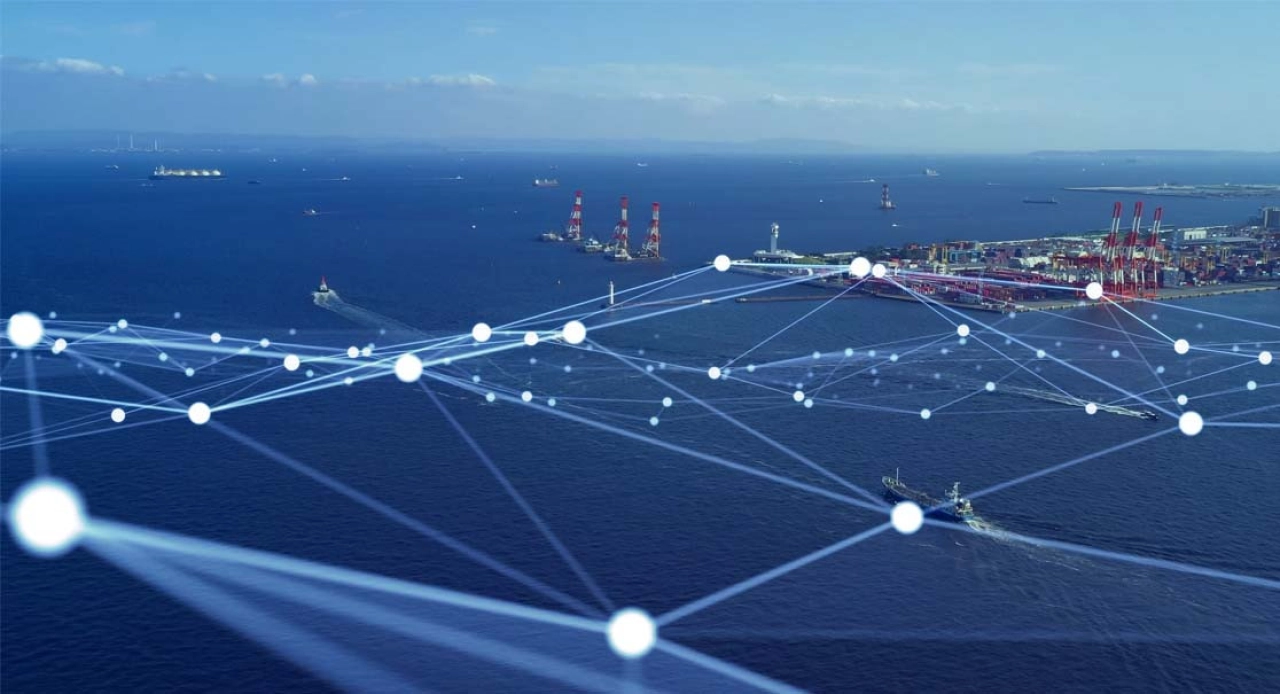
Gaining Big Benefits from Big Data
The Power Behind Smarter Decisions
Digitalisation | Data | AI | Collaboration
Bigger, better decisions need better data. And they need systems smart enough to use it.
Modern marine assurance depends on high-quality, diverse data sources – enriched through collaboration and aligned through standardisation. By combining these inputs, Marine Assurance 2.0 delivers the latest, comprehensive insights that support confident decision-making.
Beyond the Obvious
Sanctions Compliance
Sanctions risk is complex and constantly evolving. It’s no longer enough to look at a vessel’s flag or ownership.
From cargo producers and vessel operators to port calls and crew – every element of a voyage must be considered within your specific compliance framework.
Mainstay helps you apply that context with clarity and confidence:
✅ Full chain of custody
✅ Automated screening
✅ Custom rules aligned with your policies
Every company works within its own context – set by government, shareholder, customer and ESG obligations.
Connecting the Dots
Environmental Compliance
As shipping decarbonises, regulatory and stakeholder pressure is rising. From the IMO and EU to voluntary schemes like the Sea Cargo Charter, the environmental expectations are only increasing.
Mainstay combines these datasets to give you a unified, actionable view – helping charterers and operators work together on smarter, cleaner shipping.

Insight Beyond Certificates
Behavioural Risk Analysis
Sanctions risk is complex and constantly evolving. It’s no longer enough to look at a vessel’s flag or ownership.
From cargo producers and vessel operators to port calls and crew – every element of a voyage must be considered within your specific compliance framework.
Mainstay helps you apply that context with clarity and confidence:
✅ Full chain of custody
✅ Automated screening
✅ Custom rules aligned with your policies
The way a vessel is operated can speak volumes for its reliability.
See the Full Picture
Mainstay doesn’t just collect data – it connects it
By combining vessel tracking, inspection results, emissions, sanctions and behavioural patterns, Mainstay gives you a full, data-driven view of marine risk. Whether you're making a day-to-day vetting decision or building long-term compliance strategies, Mainstay equips you to act with clarity, speed and confidence.